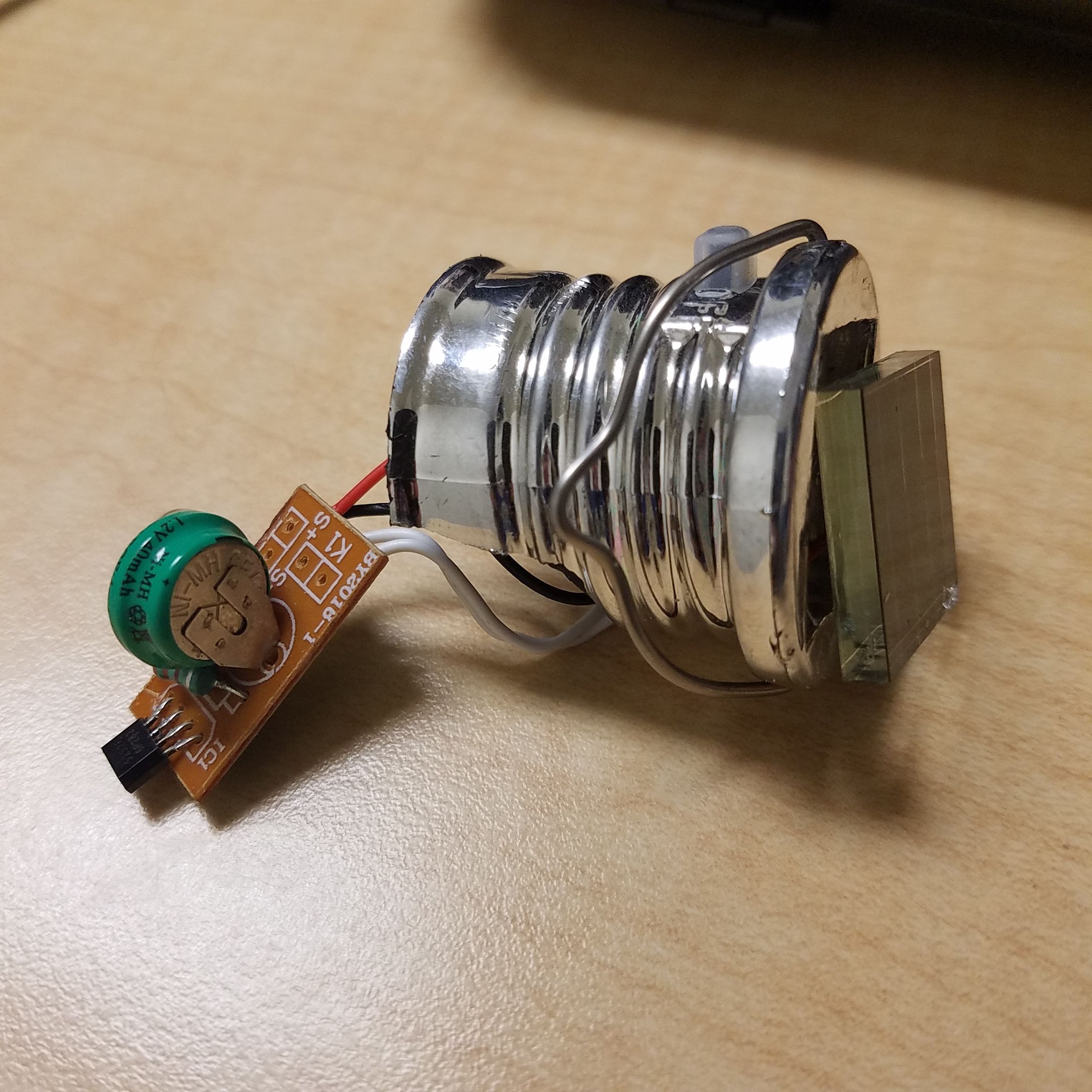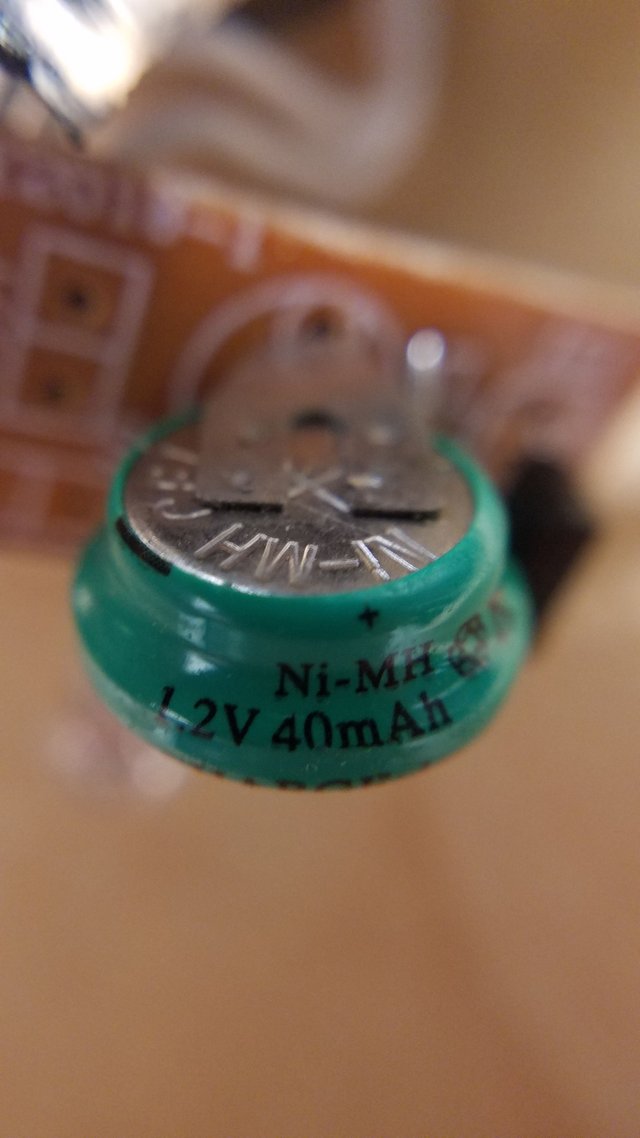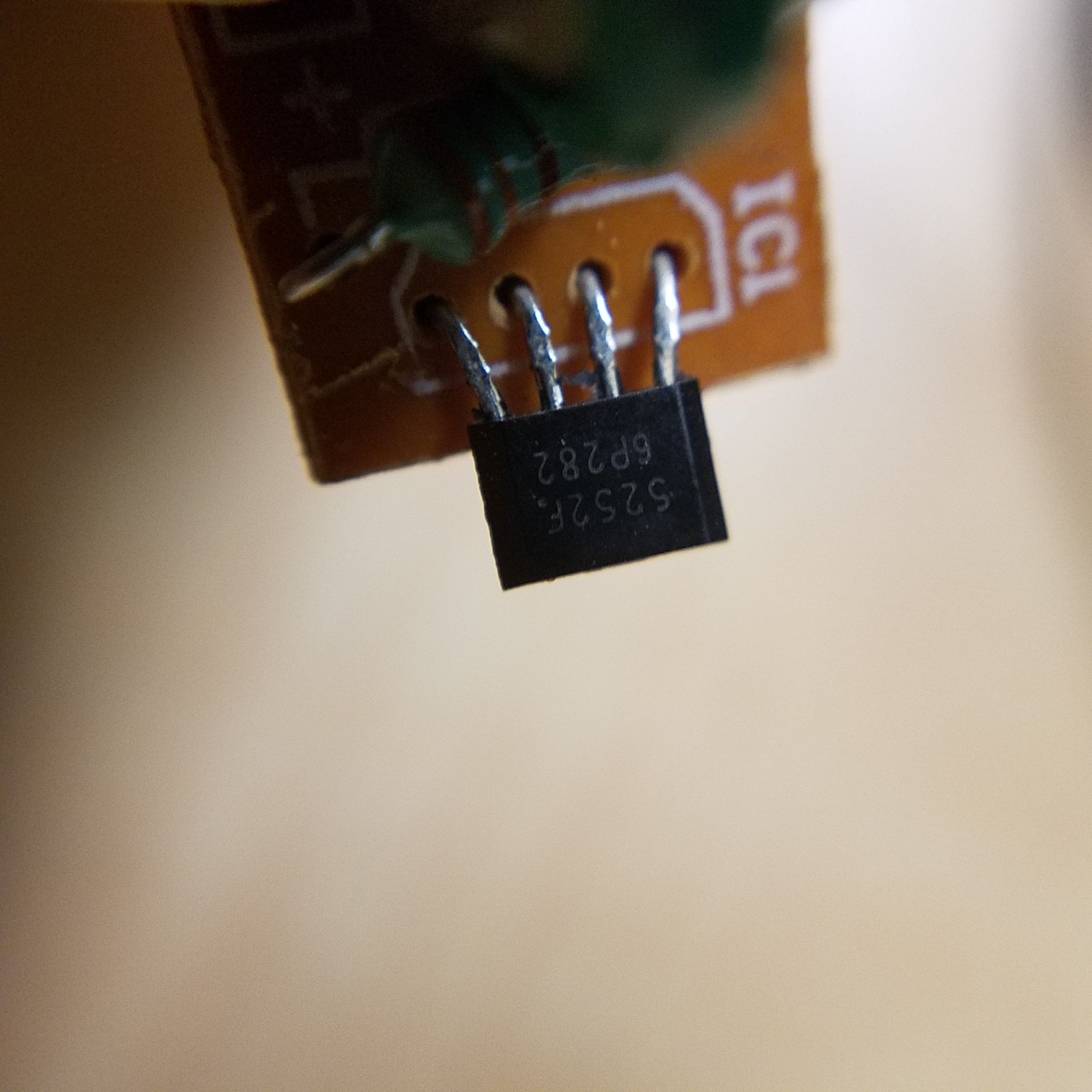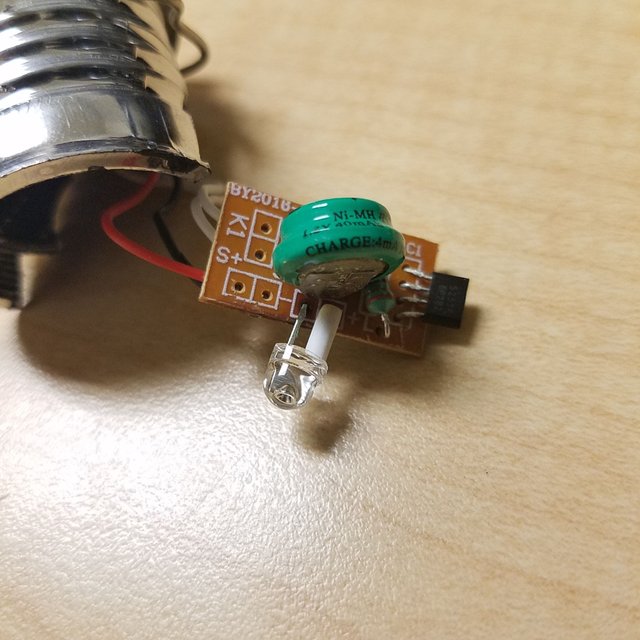Something a little different today. I bought a bunch of dollar-store garden solar lights awhile back for parts, because they often go on sale for a quarter each (!) when holidays end and stores are stuck with holiday-branded solar lights. One has been sitting on my desk, half-gutted for awhile, so why not post about it? I'm sure someone will find this interesting.
The purpose of a solar light is to, of course, turn on at night time and charge during the day. If everyone goes as planned, you never have to charge or plug in these lights: Set them outside and they run indefinitely (well, at least until the battery goes bad from overuse).
I don't know about you but I like taking apart electronics to see how they work and if I can take any useful parts. Hopefully you learn something new from this teardown and understand why these are the most useful dollar store electronic device out there.
Basic Operation
Most dollar store solar lights are basically the same due to the big cost limiting factor of ... them costing $1. To start, let's take a look at one of them, a mini green LED solar bulb being sold for Halloween:

I already removed/destroyed the big plastic green bulb covering this circuit when it was sold
The circuit is pretty simple. A small, square solar panel (visible above) generates electricity from incoming sunlight. This current is fed into a small battery, which serves as a store of energy to use at night when there is no incoming solar power. This battery then powers a light. The concept is really simple, but there are some subtle feats of engineering in here that I thought were quite interesting.
Power Source: NiMH Battery
The light stores energy in a Nickel-Metal-Hydride (NiMH) battery. If you haven't heard of NiMH's, they are essentially the cheapest rechargeable batteries available (well, other than NiCd's). While cheap, they definitely beat out NiCd's (a type of battery usually found in these solar lights that has a property known as the memory effect that causes them to lose charge if you don't totally discharge them before charging). Energy is stored via a hydrogen-storing metal and a nickel electrode. They also don't really need charge protection circuitry (like lithium polymer batteries do) for charging at low currents, which makes perfect for low-cost solar lights with solar cells that can barely put out a few dozen milliwatts. This also makes them less susceptible to lighting on fire than lithium-polymer batteries.
Most of the $0.25 solar lights I've taken apart contain either NiMH or NiCd AAA batteries, which can actually be used in place of regular AAA batteries in many electronics and then recharged using the light itself, making all of these $0.25 lights actually dirt cheap battery charging units - pretty cool. However, the Halloween light I'm looking at in this post only had this weirdly tiny NiMH with a tiny 40 mAhr of capacity. It was permanently welded to the battery connectors rather than just being mechanically held in place like the AAAs usually are. Here's what it looks like:

When I first opened this light I thought this was a supercapacitor and got excited - unfortunately, no such luck.
Of course, if you want to pull the battery out of its soldered-in enclosure you could absolutely re-use it as a miniature power source.
Solar Cells and Light Sensor
Of course, the battery has to be charged. A small solar panel takes care of this, producing power on the order of tens of milliwats in direct sunlight. This is tiny, but remember, this battery only stores about 50 mWhr of energy, so even these pathetic panels can charge up the battery in a day of sunlight no-problem. What I assume is a rectifying diode makes sure that battery power doesn't flow back into the solar panel at night.
But this light is only supposed to turn on at night - it needs a sun sensor! The way these lights do this without raising the cost is actually pretty cool. Onboard the circuit board is a small transistor-like device with 4 pins. Using this device, the solar panel itself becomes a sun sensor, serving double duty by charging the battery and detecting the sunset.

I've been unable to dig up a datasheet on what exactly these are, but they are present in every dollar store light I've seen. From observing how they operate, I think I've been able to work out what they do. Two of the pins of the device act like an electronic switch, with the default state being closed - current can flow across the pins as if it was a shorted wire.
The other two pins convert the solar panel into a light sensor. When the panel is in the dark, it doesn't produce much voltage or current, and the transistor-like thing keeps the other two pins shorted. But, when the panel is exposed to light, it does produce a voltage difference, which when fed into the pins of the black device cuts the connection between the other two pins. Since the two switch pins connect the battery to the light-producing part of the circuit, the LED doesn't turn on in the sunlight!
I also assume that this black device contains some sort of diode/rectifier capability, as otherwise the battery would push current back into the solar panel at night.
Adding a dedicated solar sensor would likely raise the cost of this thing over $1, which is why I find this solution somewhat interesting.
Low voltage LED: Dead Battery Flashlight
There's a circuit design often referenced online called the Joule Thief. This device lets you use a toroidal coil from an old light bulb to produce a circuit that will light a LED off of dead batteries, for quite a long time. The rest of the solar light circuit actually serves a similar purpose.
NiMH batteries only charge up to about 1.2 Volts. This is far too low to light up a LED alone, as visible LEDs typically require at least 1.8 Volts (although infrared LEDs can go much lower). But adding another battery would be expensive, and would require upgrading the solar panel charging part of the device. To get around this, the manufacturers of these lights use a little voltage booster to convert the 1.2 Volts from the NiMH battery into pulses of much higher voltage that can ignite a LED and produce light (the pulses happen to fast that you don't notice it and only see the light on constantly). A small inductor (one of just six components in this device if you count the on/off switch) does the job here, as in most voltage boosters.
This property of solar lights has actually made them a staple of a lot of my low-voltage ultra-low-power projects, like the nuclear battery and microwave harvester. It provides an easy and cheap (literally one USA quarter if you go at the right time) way to produce bursts of light from low-voltage capacitors, for example. Simply cut off the solar panel and the wires leading to the transistor-thing always read a low voltage (no power generation with no panel...), resulting in the other two pins always being connected and the device working all day and night, controlled by an on/off switch you can switch yourself.

And yes, you can use these to produce mini-flashlights that work off dead batteries. Once your TV remote dies, you can throw the "dead" batteries into this device to get a little light that will actually last a decent amount of time. This is because "dead" batteries have actually just dropped below a voltage threshold for the device they are powering, but can still be used down to much lower voltages. Eventually, of course, the battery will die again, this time for good.
The LED on board is just a simple, small white LED. It gets somewhat bright off of the little voltage boosting circuit and battery included.
Conclusion
Well, that's about it. It gets a little more incredible when you realize that the manufacturer did all that I just described with just 5 components (not including the on/off switch which is unnecessary). To summarize, for just a quarter on the right day you can get:
- A solar battery charger (easily converted to a power battery charger)
- A free rechargeable AAA battery that can be used in other devices (well, usually)
- A mini-flashlight that runs on mostly dead batteries that have failed your other electronics
- A solar panel, capable of powering whatever you want in sunlight
A pretty good deal for 30 Dogecoins worth of USD if you ask me.
Let me know if you have any questions, corrections, comments, or anything else. If you have a dollar store where you live and can spare $1, check these out and you may accidentally obtain an electronics hobby. Or, just get one to charge your NiCd batteries in the sun. By the way, I'm not sure if anyone is actually going to like reading teardowns/explanations for electronics, so if you did or didn't like this please let me know.
Thanks for reading!
All images in this post are my own, taken today. You are welcome to use them with credit.
Sources:
NiMH Battery Wikipedia Entry
Some of the best vid's on youtube are teardown videos :) Like Ave, and others do. I'm amazed NiCads were still available because of Cadmium toxicity !?
Downvoting a post can decrease pending rewards and make it less visible. Common reasons:
Submit
I guess NiCd is still legal here in the US, well, that or the solar light manufacturers in China just sell them anyway hoping nobody opens the lights to check. Here's one of the NiCd AAAs I got from another light with a bigger battery:
In AAA form they're still surprisingly useful (I bought a USB NiCd/NiMH charger on Ebay for a few bucks awhile back) for powering random devices without wasting disposable cells.
Downvoting a post can decrease pending rewards and make it less visible. Common reasons:
Submit
Lol. What a mention. It makes me smile (you could have used steemdollars instead :D )
Downvoting a post can decrease pending rewards and make it less visible. Common reasons:
Submit
@proteus-h you really share very interesting posts on this platform looking forward for some more upcoming posts from you.
Downvoting a post can decrease pending rewards and make it less visible. Common reasons:
Submit
Thanks for sharing this.
Downvoting a post can decrease pending rewards and make it less visible. Common reasons:
Submit